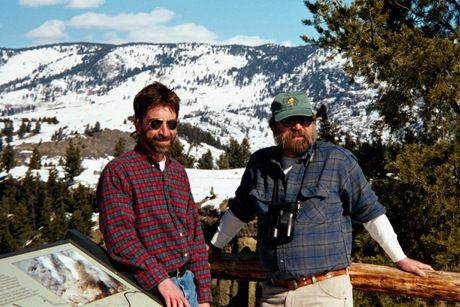Science, the Environment and the President(s)
The Bush administration has an 8-year legacy of ignoring the advice of scientists. This has been made clear numerous times with respect to decisions regarding endangered species --- Interior Inspector General Earl Devaney reported in December that Julie MacDonald, former Deputy Assistant Secretary of the Interior did great harm to the department’s integrity and the morale of professionals working to save endangered species, and possible out-right risking the well being of endangered species. She was a civil engineer with no training in the natural sciences. In 2008 she was found to have reversed seven ESA rulings that would have increased protection to specific species. In addition she directly interfered thirteen times with decisions, and influenced.
More recently the Richard Carmona, a former Surgeon General, told Congress that top administration played down public health considerations of global warming due to political considerations [global warming was considered a ‘liberal cause’].
The Bush Administration gave us two last minute presents. One he created 3 Marine National Monuments, extending the protection of eight National Wildlife Refuges and one more site. These sites are widely scattered in remote areas of the pacific. The eight areas that center around existing Fish and Wildlife Service refuge areas are Rose Atoll in American Samoa, Wake Island, Johnston Island, Palmyra Island, Kingman Reef, Baker Island, Howland Island and Jarvis Island. The ninth site is the waters around the northern Marianas and the deepest ocean canyon in the world, the Mariana Trench, 11,033 meters (36,201 feet) at its deepest.
The former is very nice, but his second farewell present is rule change was put into effect that greatly weakens the Endangered Species Act. Environmental advocates say this would make every ESA action a political decision rather than a decision based on the best available science. This rule change would eliminate some mandatory reviews that have been performed on construction and timber sales, and prohibits consideration of the effect of these actions based on the effect of global warming’s effects on endangered species. Bush Interior Secretary Dick Kempthorne said that nothing in the regulation absolves a federal agency of its responsibilities. It might not absolve them, it just would not allow them to use. This rule change will take effect before Obama takes office. Although Obama has said he would reverse this, it will take much longer to do this reverse this because of the rule making procedure.


